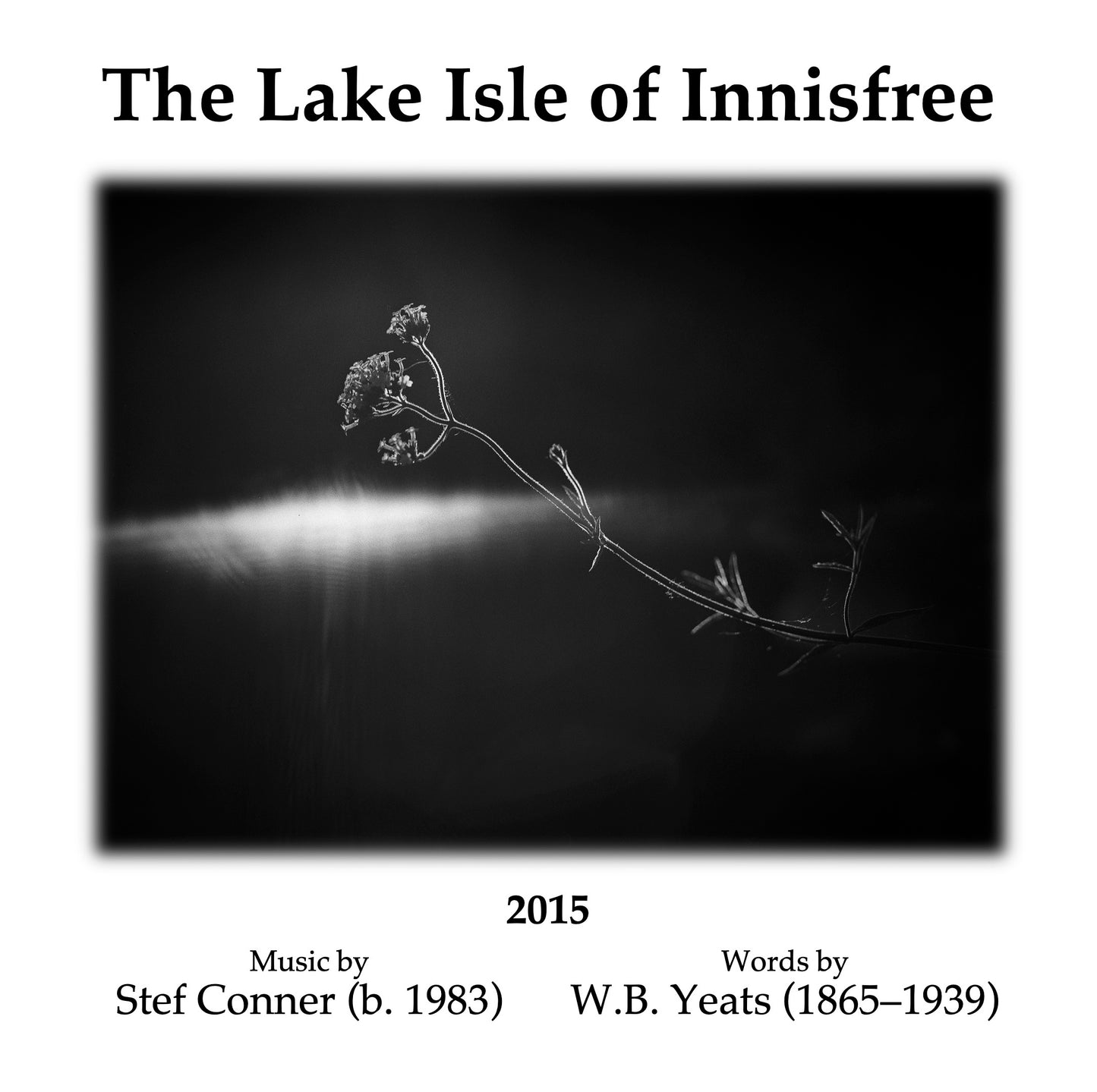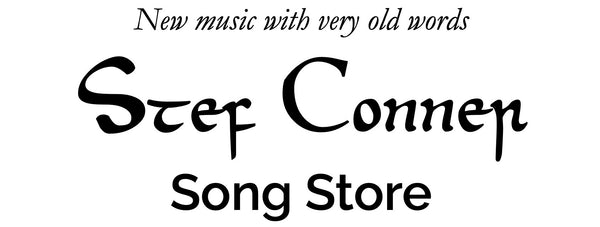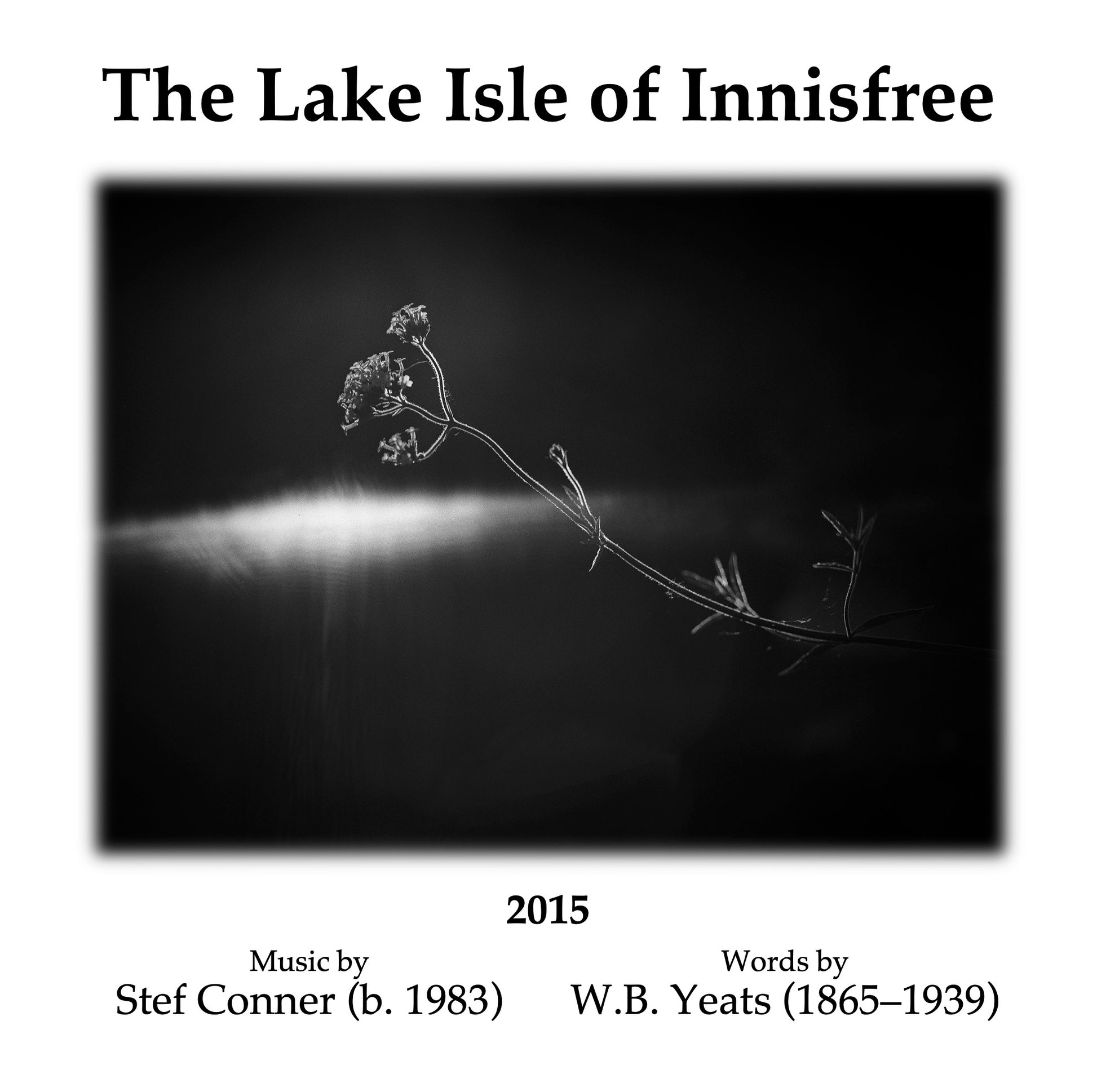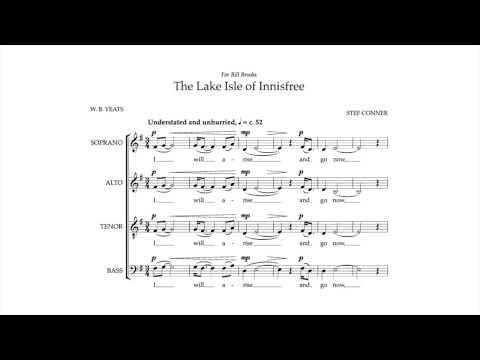The Lake Isle of Innisfree, performance materials + license
The Lake Isle of Innisfree, performance materials + license
Please select the appropriate license from the 'Size of ensemble' dropdown list below. Free perusal scores are also available.
Couldn't load pickup availability
Quick summary
- Forces: SSATB
- Duration: c. 5′
- Difficulty: medium
- Text: W. B. Yeats, published in 1890
- Language: English
- Date of composition: 2015
Licenses include the appropriate number of print-outs for the specified ensemble size, and are valid for unlimited performances by the same ensemble. Please choose the appropriate license for your choir size.
Performance materials include two copies of the full score – one with and one without a piano reduction.
Detailed info
The Lake Isle of Innisfree is a gentle, contemplative poem by W.B. Yeats, written in 1888 and first published in 1890. In it, Yeats describes his homesickness for an island in Lough Gill, Ireland, where he spent childhood summers. Written in London, and inspired by a flash of nostalgia while walking down busy Fleet Street, it powerfully depicts quite universal human yearnings to escape urban adult life, not only to the tranquility of the countryside, but also to the innocence of childhood.
Stef's arrangement, for SSATB choir or solo-voice ensemble, pays homage to the peaceful nostalgia of the words, unfolding in through-composed, free speech rhythm, as delicate but rich harmonies emerge out of warm unison phrases. It is a subtle, delicate composition, which focuses attention on the timeless words.
The arrangement presents some challenges in terms of close harmony, and differences in harmonisation between quatrains of the poem. Although there is little direct repetition, and the work was not designed for aural learning, it is of medium difficulty and possible for non-sight-reading singers to learn by listening in combination with following the contours of the score as a memory aid.
Share



